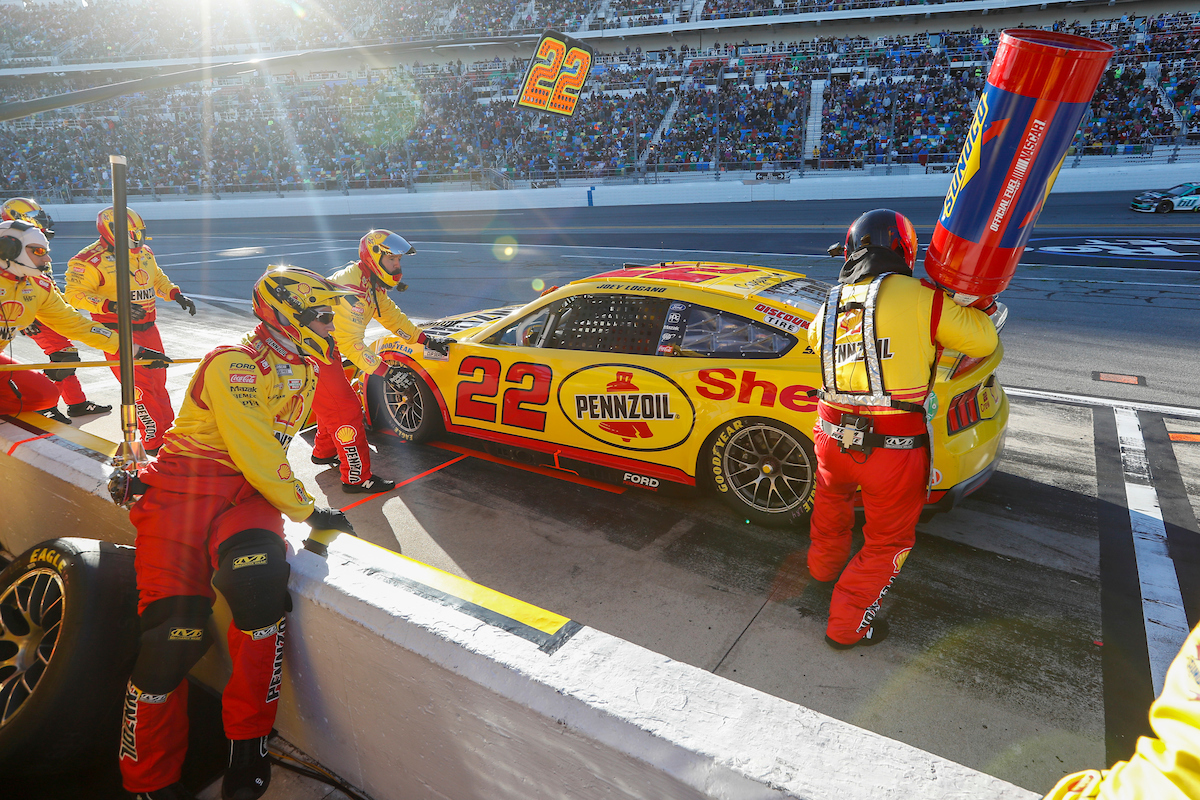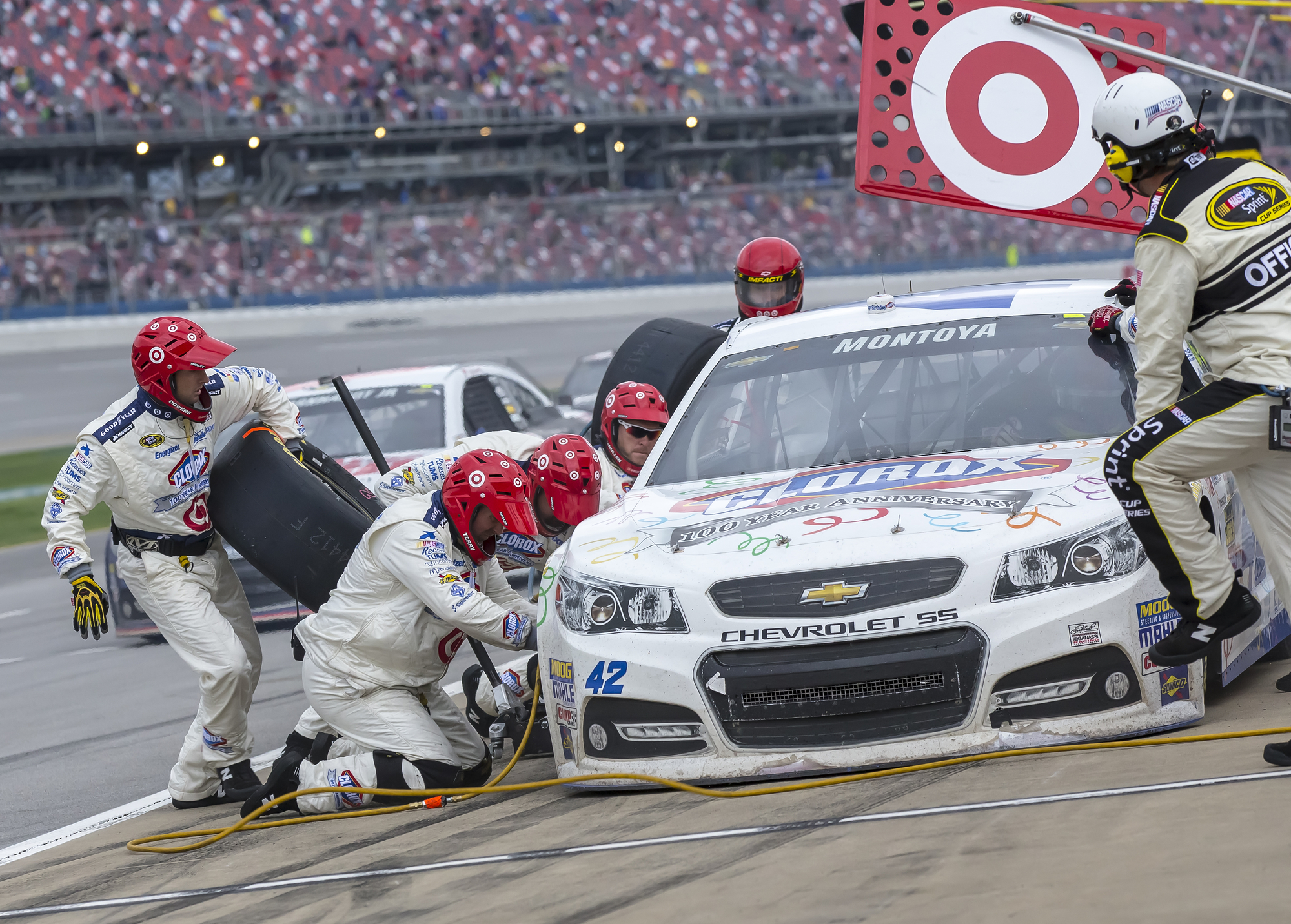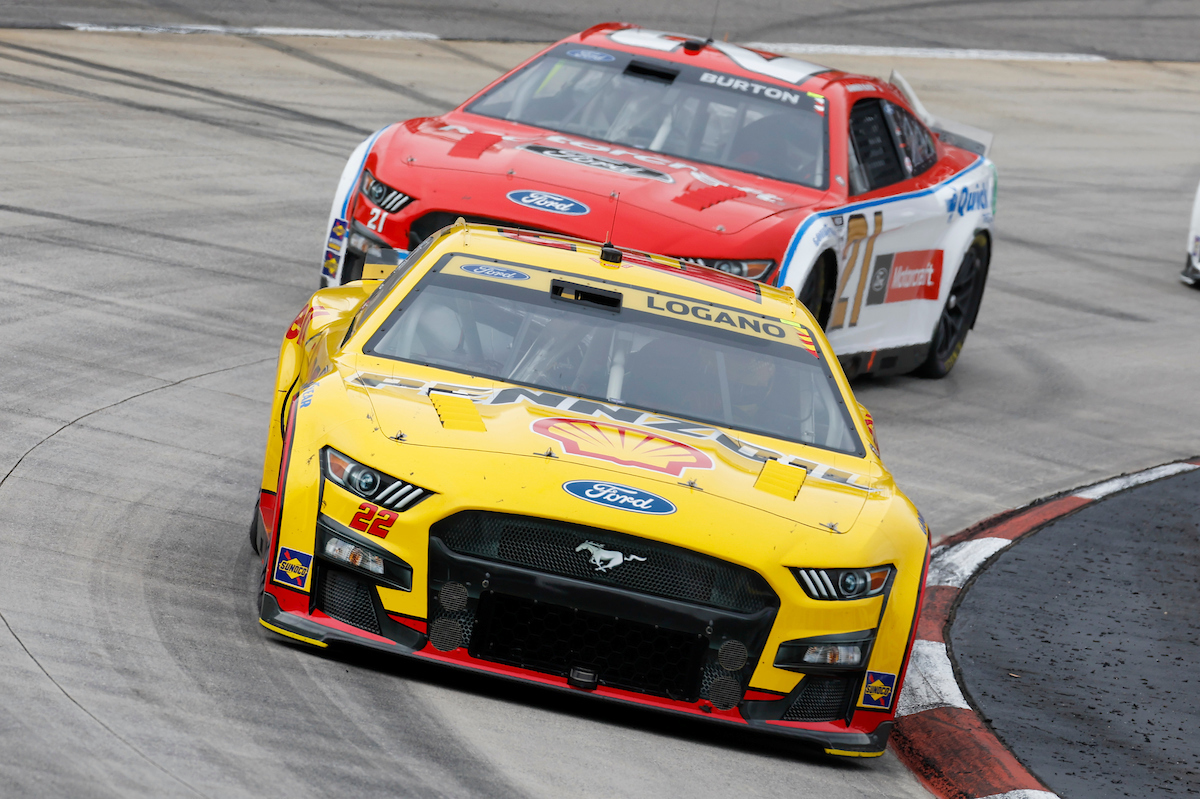How NASCAR Drafting Works: 4 Important Questions About This Technique-centric Racing
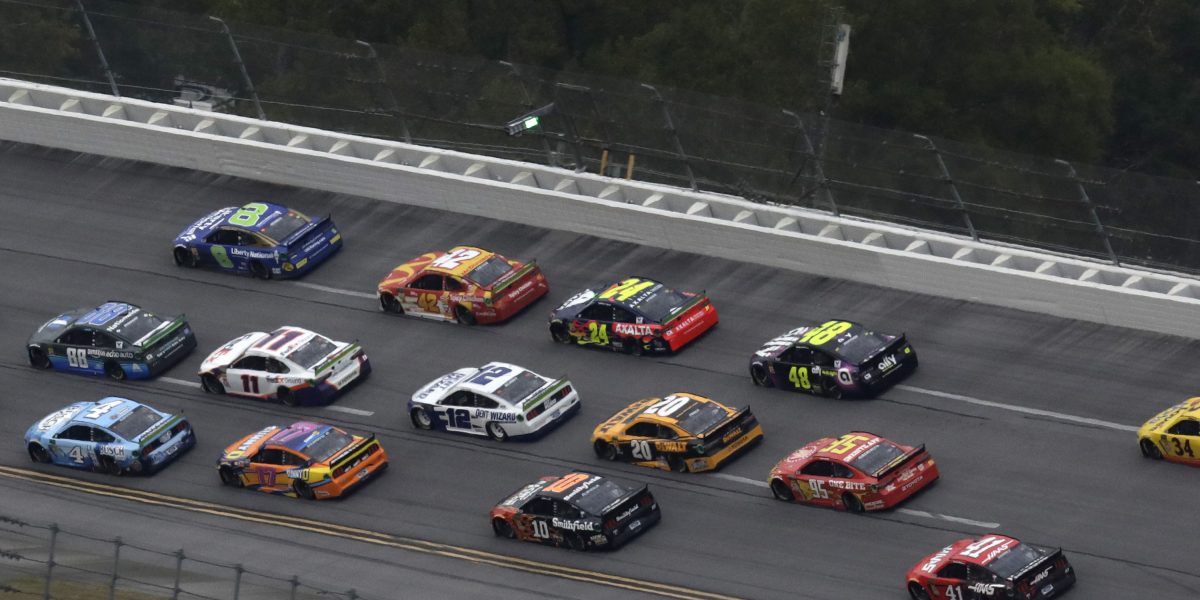
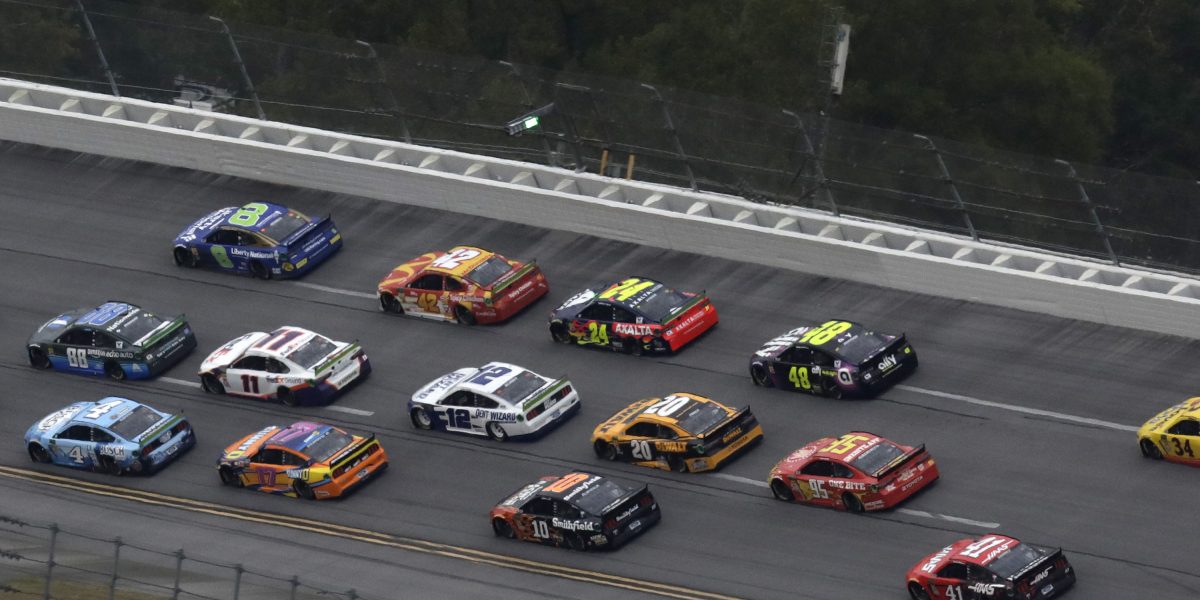
How important is NASCAR drafting?
Racing in NASCAR is not about driving as fast as you can overtake all the competitors and winning the race. Anyone who approaches the race in that manner will either crash or burn out the car’s engine much before the end of the race. NASCAR racing is all about techniques and strategies and experienced driver bide their time in employing them. Drafting is one such strategy that NASCAR drivers have used to great effect and achieved success. Some of the drivers have trumped over drivers driving much faster cars than theirs.
Drafting in NASCAR is the art of tailing a leading car closely enough to avoid the turbulence in the wake of the leading car. This enables the trailing driver to increase the speed of his car by up to 5 miles per hour (8 kilometers per hour). It also helps the leading car increase its speed by reducing the drag on the car because the trailing car gives a smooth flow to the air coming off the leading car. Several cars can draft this way in a NASCAR race with all of the benefitting in various degrees.
The strategy of drafting is often employed on tracks like Alabama’s Tallagada and Florida’s Daytona International. These are super-fast tracks with good banking on the turns where drivers can push their cars to the limit throughout the race. But NASCAR limits the speed of the cars on such courses with restrictor plates to prevent injury to the drivers and spectators. Drivers resort to drafting on these tracks to attain greater speed and better fuel efficiency.
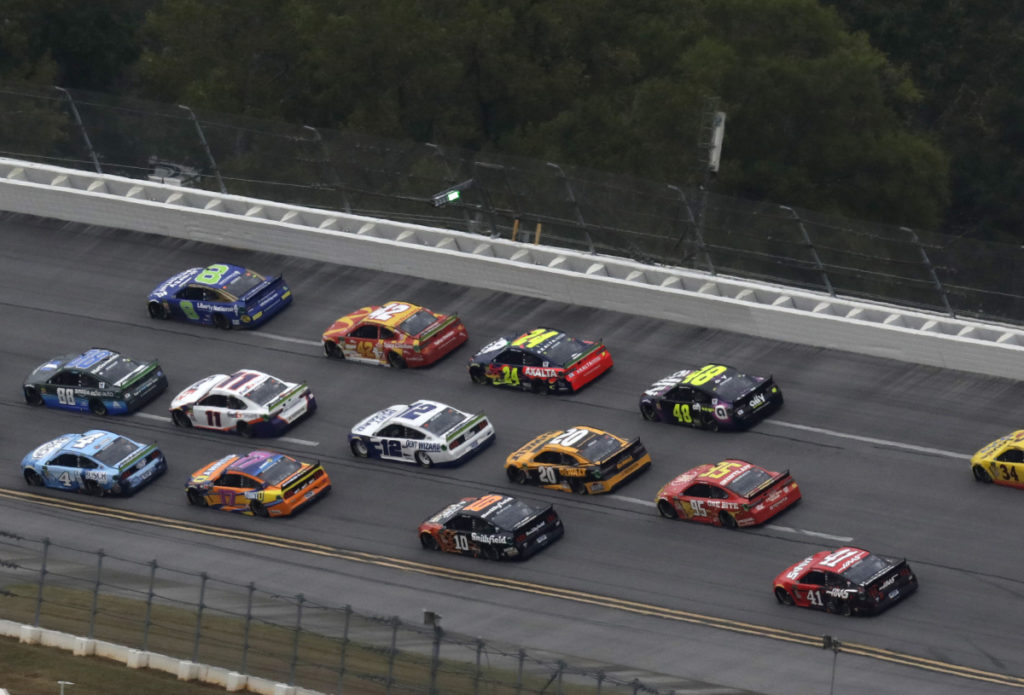
Drafting can turn a dull race into a real crackerjack. That is because the trailing driver gets many opportunities to pass the leading car and can bide his time sitting on the tail for a long time. The more cars that are drafting the more in line, the more cars will benefit from the draft of the preceding cars. NASCAR races can take up to 3 hours to finish. These races take a lot out of the cars and their engines and use a lot of fuel. Drafting is one way to conserve fuel as well as avoid burning out the car’s engine before crossing the finish line.
Table of Contents
What is the theory behind NASCAR drafting?
When a vehicle is racing it encounters resistance from the air. The resistance is both frontal and frictional. Aeroplanes use this resistance by carefully aligning their wings to create high pressure below the plane and low pressure above. Racing cars just reverse the strategy by reducing the pressure underneath the car as compared to that above the car. This helps keep the car keep firmly on in touch with the track as opposed to flying off it. This is called downforce which is most desirable especially on short tracks that have many turns.
But physics tells us that every action has an equal and opposite reaction. Cutting through the air and redirecting it to suit the purpose produces a turbulent force behind the car. The turbulent air tends to hold the car back and the force is called drag. Teams try their best to limit the drag on the car but it cannot be eliminated. This drag also causes problems for the cars that follow because they are cutting through turbulent air in the wake of the leading car. The trick to avoiding the hindrance is to stay close to the leading car before the turbulent air comes into play.
When and how do drivers draft in NASCAR?
It is amply clear that it takes at least two racing cars to adopt the drafting strategy. Drafting is not a strategy to be employed on shorter tracks with many turns and little banking. When drafting, trailing drivers have very little reaction time to respond in emergencies. This could lead to crashes and pile-ups on shorter tracks. Drafting is only employed when drivers have almost reached the limit of their speed and are striving for more. Drafting, as mentioned before, is used only on fast-paced tracks like the ones at Tallagada and Daytona.
Drafting also requires two other things to fall into place. Those are a draft-savvy driver and a finely tuned car. With the restrictions that NASCAR has on engine power, engine design, and body design, the playing field is fairly evened out. Add to that the restrictor plates that limit the amount of air intake to the engine and restricts the speed of the car. In such cases, the driver has to conserve fuel and his engine if he wants to finish the race. It takes experienced and talented drivers to draft.
Drafting is not for the faint-hearted. Besides the very short reaction time, the driver must know the reactions of his car very well. He has to also anticipate and react to the actions of the driver before him quickly if he is to avoid a crash. Although drafting presents a lot of overtaking opportunities, it also takes a lot of concentration from the trailing driver. That is why drivers attempt drafting more in the second half of the race than at the beginning.
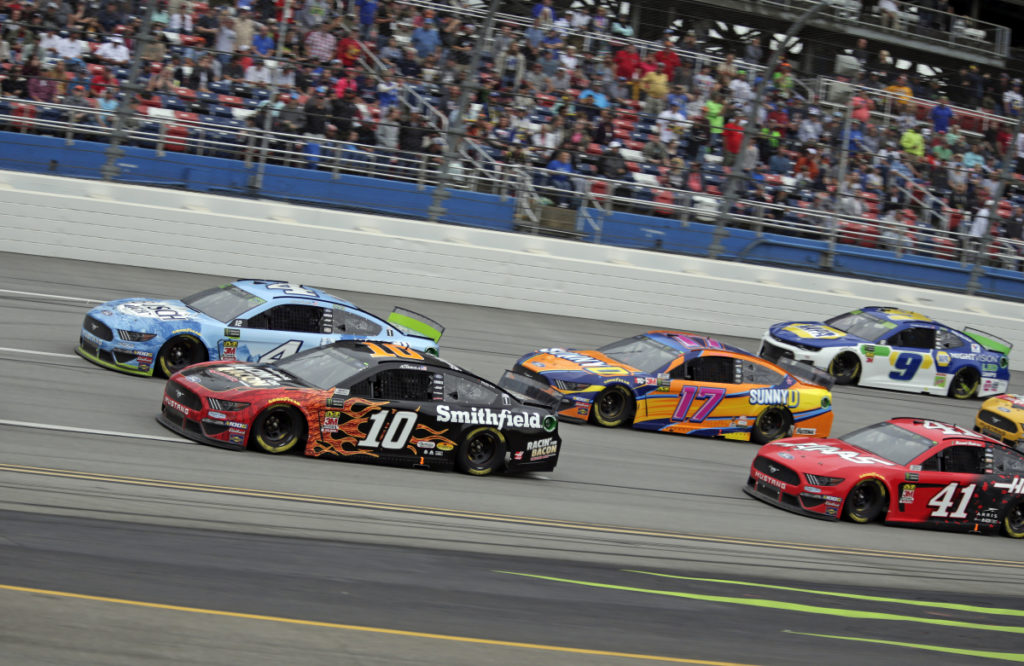
What are the types of drafting used in NASAR?
There are different types of drafting strategies that NASCAR drivers can adopt. One of them, tandem drafting, has been banned by NASCAR since 2014. Other types of drafting that are allowed are normal drafting, bump drafting, and side drafting. Any driver that attempts tandem drafting, with the bumper touching the bumper of the leading car is black flagged. The driver has to then go to the pits to answer the race officials. This penalty almost makes sure that the drivers have no chance of finishing the race in a respectable position.
Drivers agree that the other forms of drafting are better and that they feel safer when employing them. In tandem drafting, any sudden action by the leading driver is bound to lead to a crash. At the end of the Nationwide race in 2013 at Daytona, Kyle Larson’s car got airborne while tandem drafting. The flying debris injured more than 30 fans. In another incident in Tallagada, several truck drivers were involved in a pileup. NASCAR promptly banned tandem drafting since 2014.
You may also be interested in 3 interesting facts on how NASCAR telemetry works.
Normal drafting is drafting by a car driver by staying as close to the rear of the leading car as possible to avoid the turbulent flow from the leading car. This drafting, as do other drafting benefits both the cars. Sometimes cars draft in a pack with several cars trailing each other closely. In such drafting, all the cars get the benefit of the draft of the preceding cars. Any sudden move by one driver can lead to crashes and pile-ups when pack drafting is attempted. Drivers have to be very alert at all times to avoid any mishaps.
Bump drafting is when a trailing car bumps the leading car lightly and then follows the car closely to take advantage of the draft. The trailing car is not allowed to stay in contact with the bumper of the leading car which will amount to tandem trailing. Bump drafting can turn risky if the rear car bumps the front car too harshly. The driver of the front car can lose control of the car. putting both the cars and drivers at risk. Only experienced drivers attempt this type of drafting.
Side drafting is a technique that drivers mostly employ when they intend to pass the leading car. The rear car driver aligns his car to the side of the leading car with the nose close to the front of the rear wheel of the leading car. This pushes the oncoming air into the back wheel of the leading car and his front spoilers. The air creates an additional drag on the leading car slowing it down. This is when the rear car driver attempts to pass the other car. Side drafting can only be used with two cars beside each other.
How important is drafting in NASCAR?
Drafting is an important strategy in NASCAR racing. But it is not about just putting the car behind another. The trailing driver has to find the exact spot behind the leading car that gives his car the least resistance and maintains it. This position gives both the cars an advantage of additional speed as well fuel efficiency. But there are also disadvantages to drafting. Both, the leading and the trailing drivers can take steps to disrupt the other’s strategy.
The leading driver can slow down and stay close to the trailing driver thereby depriving the rear car of sufficient air to cool his engine. The trailing driver can also get close to the leading car to disrupt the flow over the car. In both instances, the drivers of the other cars will suffer. And there is always a risk involved with cars racing at 220 miles per hour (362 kph) and close to each other. The very less reaction time can lead to accidents or even worse.
Drivers must also make a good call of when to draft and when not to. If a driver falls out of a drafting pack, there is very little chance of recovery. Usually, most drivers choose to draft towards the end of the race and wait for a chance to pass the leading car. That way they can conserve fuel and their engines for a final charge towards the finish line.
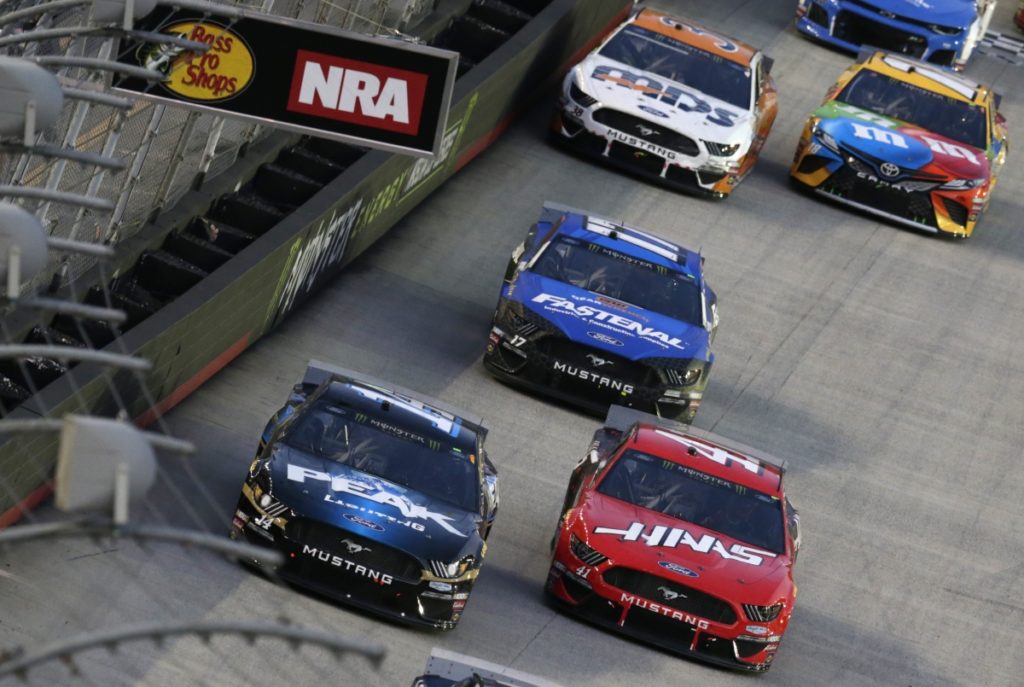
For more racing action, visit F1 Chronicle.






